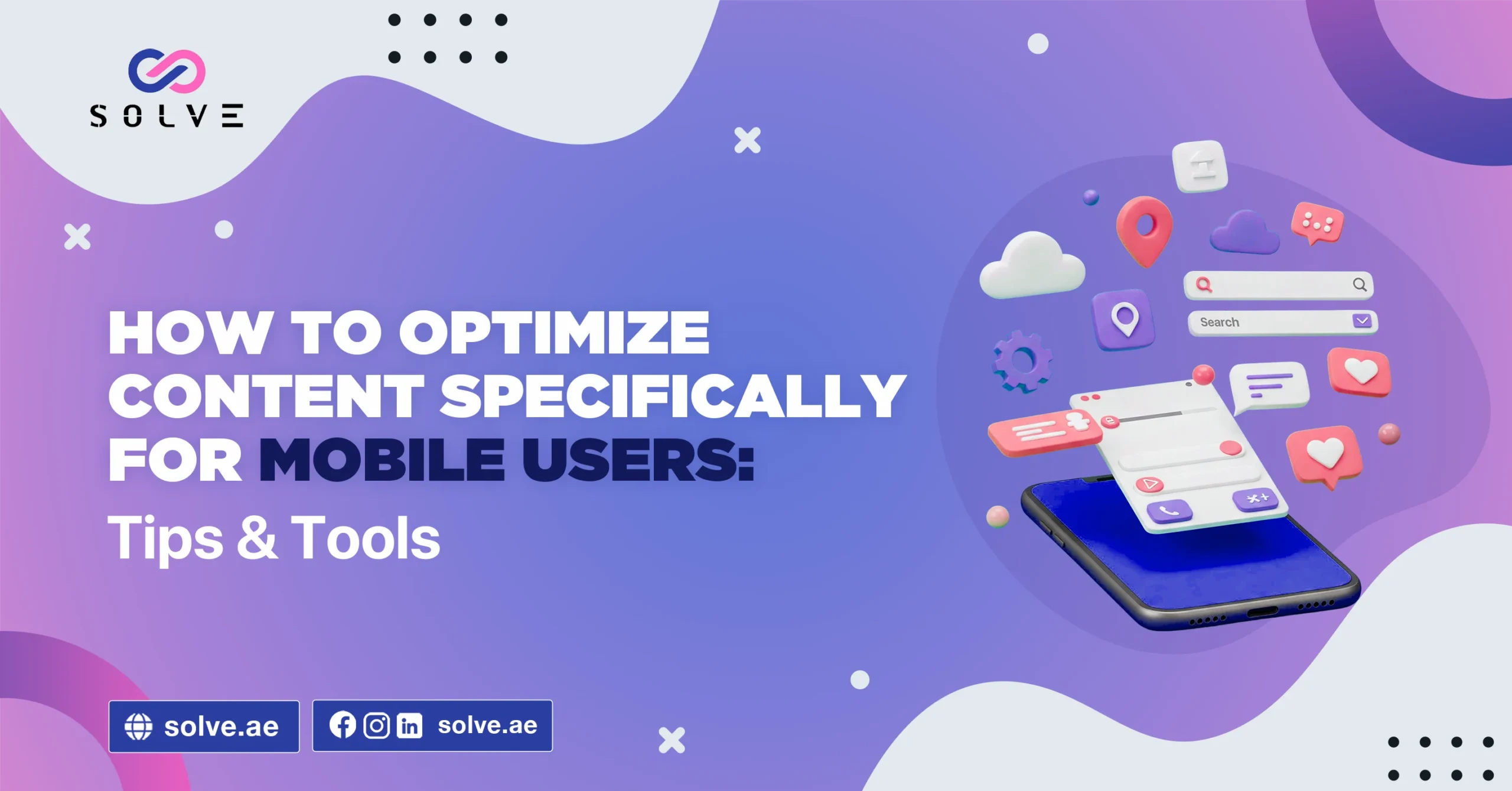- By Vanshika Choudhary
- May 10, 2025
Times have changed. These days, more pop culture and entertainment vocations bundle the Internet with mobile or tablet users. According to mobile users, Fast, easy-to-read, and visually appealing content that does not discriminate in choosing a single device is sought. If your website and content are non-mobile-friendly, then you lose your visitors, and in doing so, your search rankings are at stake. Therefore, let us delve into some tips and tools on how to ensure your content shines on each mobile screen.
-
Speed Up Mobile Pages
Mobile users are impatient. If the site takes too long to load, they move away and never explore the site ever again. Speed is the first priority on a mobile optimization checklist.
Key Points:
Optimum Image and Video Settings:
Large-sized images and videos slow down the site on mobile devices. Use modern formats such as WebP for images; compress files to reduce size without compromising quality.- Based on usage, enable lazy loading so images and videos only load when necessary, which certainly helps the initial load time.
Server-Side Improvements:
If the server is slow, your website will be bottlenecked regardless of how well you optimize your content. Cache frequently accessed data; execute CDN to serve content from locations nearer to your users; keep database queries at a minimum so the response is swift from the server.
Code Optimization:
Good code execution and a well-optimized site are vital for site health. Minify your CSS, JavaScript, and HTML files by taking away characters or spaces that aren’t necessary. Another tip is to defer non-critical scripts until after the main content has loaded so that users see your page in a hurry.
Monitor Core Web Vitals:
Core Web Vitals refers to a set of metrics specified by Google to measure user experience, including aspects of loading speed and interactivity. Regularly monitor metrics like First Contentful Paint (FCP) and Largest Contentful Paint (LCP) to ensure your site meets the recommended standards and affords a smooth experience to mobile users.
-
Mobile-Friendly Content Creation
Content creation and designing for mobiles need an approach different from desktop computers.
Key points:
Be Clear and Concise:
With mobile screens being too small, paragraphs become too long to be manageable. On the contrary, short paragraphs, bullet points, and simple sentences make the reading easier for the users. Speak straightaway for users to get whichever information they want without having to scroll endlessly.
Make It Easy to Scan:
Contrary to this, most mobile users prefer skimming through the content very fast rather than reading word-for-word. Use subheadings, bold text, and some highlights to divide your content and guide users towards the most important points. Content that is well structured keeps the users engaged and makes the search for the information easier.
Strong Call to Action:
Having clear and visible CTAs is vital for any m-commerce activity that involves consumer interaction. Use CTA buttons or links that stand out and are easy enough to give a tap to contact you, make a purchase, or sign up for more information. To achieve the best conversion rates, place CTAs throughout the text strategically.
Responsive Design:
Such sites adjust themselves automatically in terms of layout and elements to suit the screen size. This makes sure that all content, images, and buttons become accessible and readable on any given device, assuring a smooth experience for every visitor. check out our latest blog post on How to Ensure Scalability in Your Custom Solution Design.
3. Optimize Visual and Video Content
Limit Heavy Animations:
Too much animation or complexity can slow down a website and distract user attention. The very lightest of animations should be used so they provide some sort of decoration to the content without interfering with its performance.
Optimize Video Playback:
Video playback should be smooth, “smooth being the operative word,” regardless of whether you are on a mobile device or desktop and network speed”. Make sure that your videos are delivered through adaptive streaming, where videos adjust their quality based on the connection; compress video files to minimize download time; and provide captions or transcripts for accessibility.
SEO For The Visuals:
Contrast your visuals with the alt text. Use keywords in video titles and video descriptions so search engines can better interpret the content to rank it higher, and also, this helps users with disabilities to access the content.
-
Test and Monitor Mobile State
With the rapid advancement in technology and changing user behavior, tests and monitoring become really important to keep content optimized.
-Test On Multiple Devices:
Mobile devices are ever-so diverse; it is so nice to test your website on various phones and tablets. This may help in finding compatibility issues, so the content should look elegant for every user, whatever the device they are using.
Analytics Tools:
Tools like Google Analytics and Search Console can give insight into how mobile users interact with your site. Watch your bounce rate, average session duration, and conversion rates so that you can fix bad parts of the process and optimize areas worthy of attention.
User Feedback:
Ask your users to give feedback on usability, speed, and experience. Simple surveys or feedback forms may bring to light things you fail to notice and give you suggestions on how to improve your content.
Stay Updated:
Mobile technology and SEO practices change every day. So, to stay competitive and get your content holding the best possible user experience, learn all of the latest trends, updates, and tools.
Conclusion
Content optimization for mobile users is not an option but a must for every online career. Speed, verbosity, visual optimization, and continuous testing bind a seamless experience that will keep a toll of users engrossed and coming back for more. Contact us and do not allow your website to go obsolete—give it a lift today to make your content accessible for the time and mobile-friendly.




